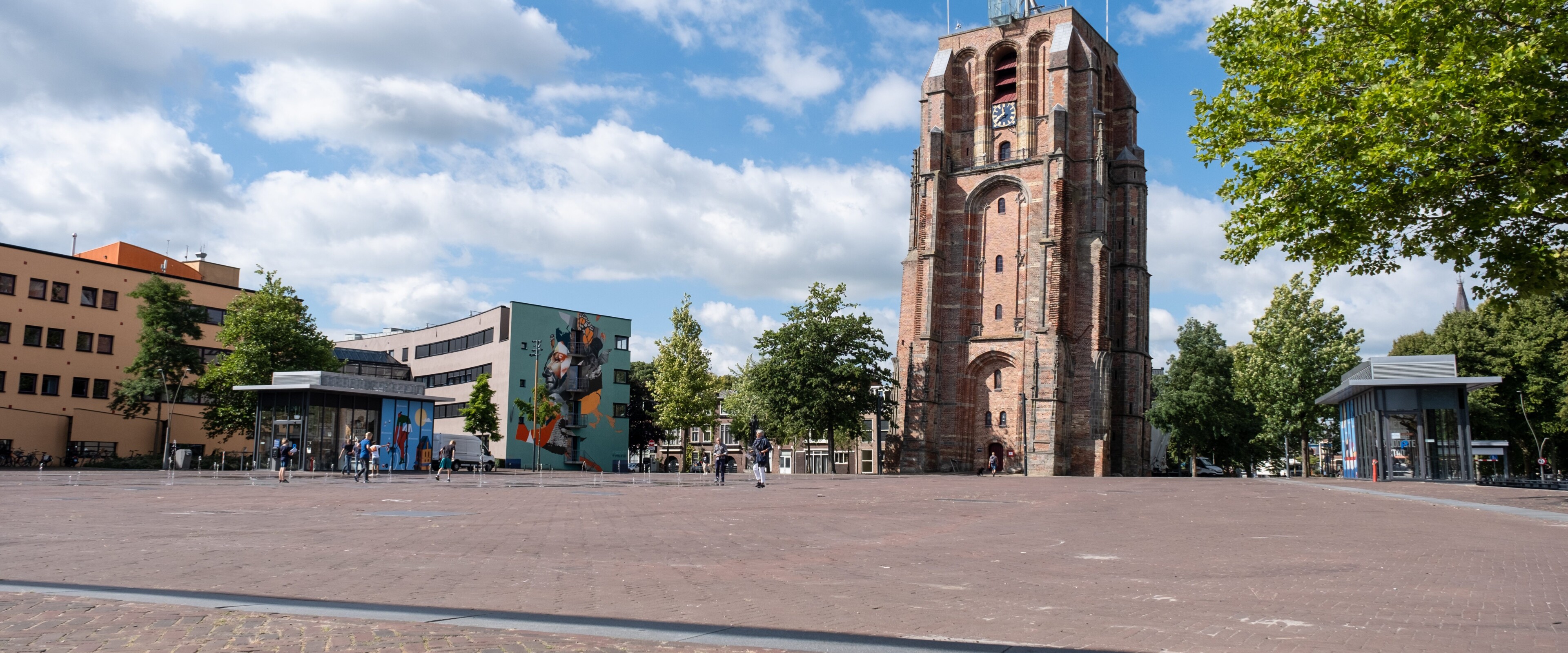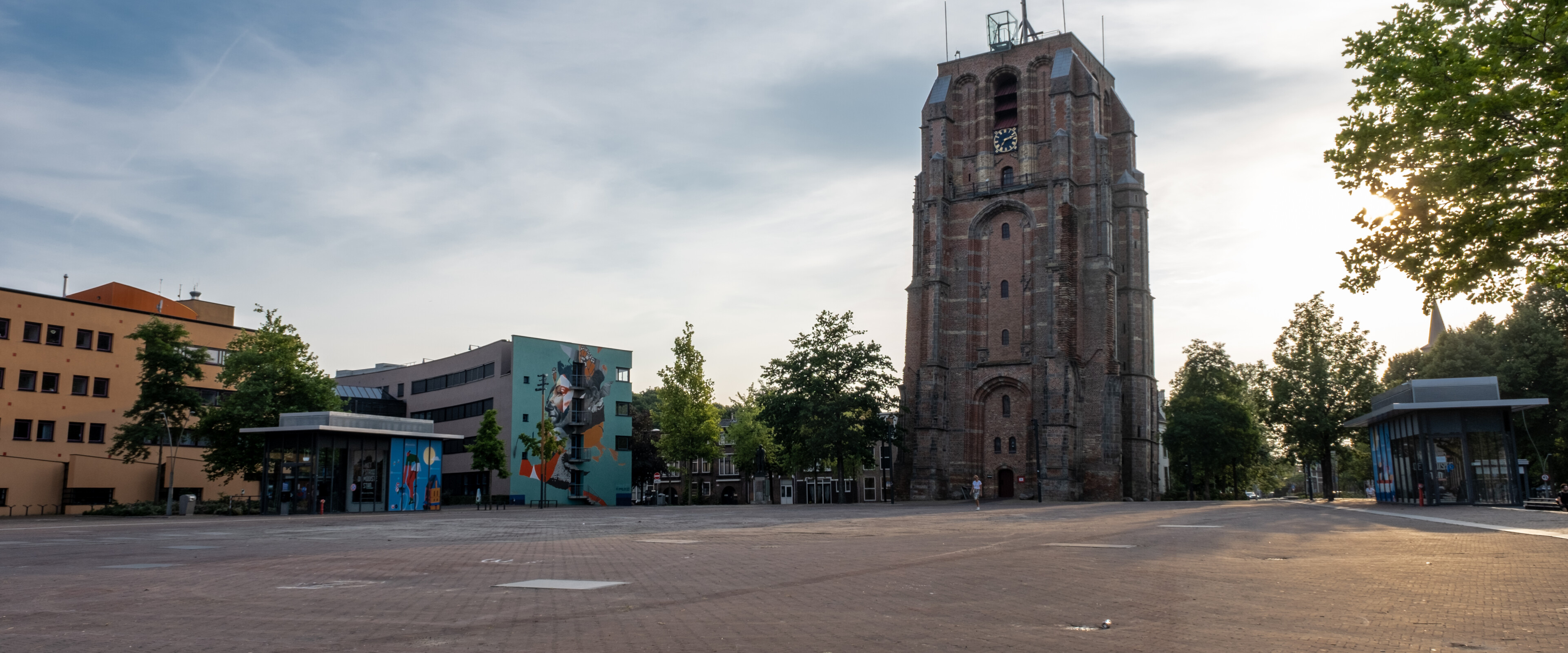Geocaching
Geocaching is an outdoor game. Using a GPS receiver or phone, participants search for a ‘cache’. This is a hiding place for treasure. You do not need a licence for geocaching if you meet certain conditions.
The conditions
- Participants do not cause any damage or disturb nature.
- Participants can reach the cache location via existing paths.
- Participants do not cause damage to the efficiency and safety of the road.
- Participants do not dig in local authority land.
- Nearby real estate users not affected by the game.
- Participants use small objects: maximum 3375 cubic centimetres, with the longest side not exceeding 15 centimetres.
- Participants do not place objects on brackets, poles and stands.
- Participants do not place objects in, on and above public water.
- Participants wishing to use people’s land first ask for the owner’s permission.
Do you not meet these conditions?
In that case, apply for a Use of Public Space permit.
How does geocaching work?
One of the participants hides a treasure and lets other geocachers know online where the hiding place is. They can often swap or add items when finding the treasure.
The treasure is often a waterproof box with a logbook and a treasure. The finder can write his or her name in it. The finder is also supposed to leave a ‘log’ (message) on a geocaching website. Even if they failed to find the treasure.
The conditions
- Participants do not cause any damage or disturb nature.
- Participants can reach the cache location via existing paths.
- Participants do not cause damage to the efficiency and safety of the road.
- Participants do not dig in local authority land.
- Nearby real estate users not affected by the game.
- Participants use small objects: maximum 3375 cubic centimetres, with the longest side not exceeding 15 centimetres.
- Participants do not place objects on brackets, poles and stands.
- Participants do not place objects in, on and above public water.
- Participants wishing to use people’s land first ask for the owner’s permission.
Do you not meet these conditions?
In that case, apply for a Use of Public Space permit.
How does geocaching work?
One of the participants hides a treasure and lets other geocachers know online where the hiding place is. They can often swap or add items when finding the treasure.
The treasure is often a waterproof box with a logbook and a treasure. The finder can write his or her name in it. The finder is also supposed to leave a ‘log’ (message) on a geocaching website. Even if they failed to find the treasure.


